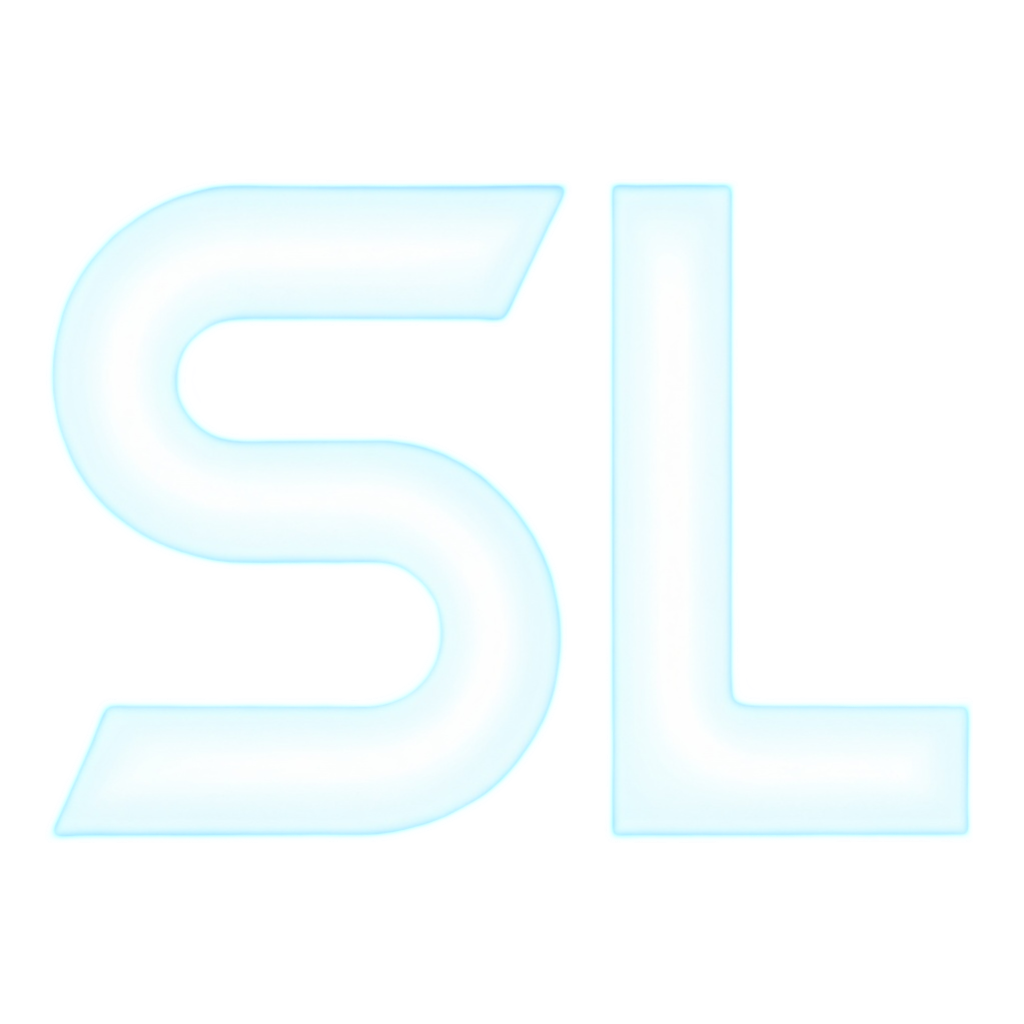Atmospherics
Atmospherics setups are a necessity for your long-term comfort, but are generally underdocumented, resulting in them being a bit tricky to set up. The following attempts to cover the basics.
Standard Mix
Breathing pure O2 or pure N2 is generally bad for the health of your crew, and it is recommended to instead aim for a mix of 78% N2 and 22% O2 at 101.24kPa. It's recommended that your gas mixer setup be set to output at least 300kPA for faster re-pressurization of rooms, without posing too much of an overpressurization risk, should traitors sabotage the distro. Variations on this mix may be necessary for the long-term comfort of atypical crew, (for example, Voxes, who are poisoned by Oxygen and breathe Nitrogen). For atypical crew (to be implemented), it is recommended to try and give them their own personal space, isolated by either an airlock or disposals section. Keep in mind that both methods are leaky and you will need scrubbers on both sides of the lock to clean up any leaked gasses.
Vents and Scrubbers
Vents and scrubbers are core atmospherics devices that fill and cleanse rooms, respectively. By default, they are configured for filling rooms to standard pressure (101.24kPa) and to remove all non-O2/N2 gasses from a room. They can be reconfigured from their default settings by linking them to an Air Alarm, allowing you to configure how they respond to various types of gasses or pressure levels.
During standard operation, if a normal vent detects that the outside environment is space, it will automatically cease operation until a minimum pressure is reached to avoid destruction of useful gasses. This can be fixed by pressurizing the room up to that minimum pressure by refilling it with a gas canister (potentially multiple, if the room is of significant size).
Should you encounter a situation where scrubbers aren't cleaning a room fast enough (and the "Siphon" functionality still cannot keep up), employ portable scrubbers by dragging them to the affected location and wrenching them down. They work much faster than typical scrubbers and can clean up a room quite quickly. Large spills may require you to employ multiple.
- Gas mixes and Burn chambers
In the event you finish all the tasks at hand, you can make some extra money by creating new chemical gasses.
Tritium
Tritium is a clear, green gas that is highly flammable, radioactive, and combusts when in contact with oxygen, making it very helpful when running the TEG. It can be made by burning 1% Plasma and 96% or more Oxygen in the Burn Chamber (Ideal ratio is 3% Plasma to 97% Oxygen). You can extract this gas through scrubbers.
Frezon
Frezon is a bluish-green gas that is very complex and very dangerous. To obtain frezon, you must mix Tritium, Oxygen, and Nitrogen in a 70K room to start the reaction, and prevent the Tritium from combusting with the oxygen.
It is critical to understand that a frezon leak can devastate the station, causing a wintery hell filled with itchy sweaters and cold burns. Frezon is very cold, and can freeze the station to death if even a few moles get out, so make sure that you lock your canisters or just move your Frezon straight into a storage room.
Reference Sheet
- Standard atmospheric mix is 78% N2 and 22% O2 at 101.24kPa. - Gas obeys real math. You can use the equation:
PV = nRT
(Pressure kPa * Volume L = Moles * R * Temperature K)
to derive information you might need to know about a gas. R is approximately 8.31446.
